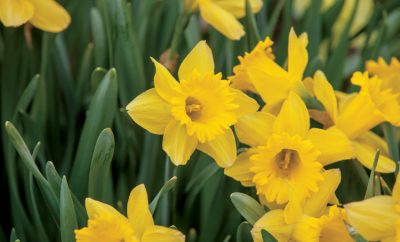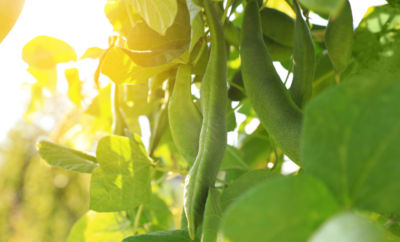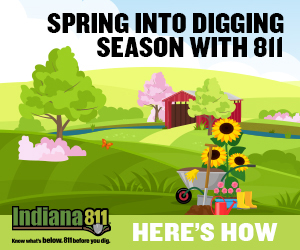Spring Calls for Cool-Season Vegetables, Container Gardening

Ahh, spring, when a gardener’s thoughts turn to sowing the first seeds of the year: cool-season vegetables.
What are cool-season vegetables? They are plants perfect for springtime weather. They can withstand light frosts and nighttime temperatures above 40 degrees, but hot temperatures (above 80 degrees) will cause them to go to seed and taste bitter.
Plant cool-season crops two to four weeks before the last frost; around May 15 in the north and April 23 in the south. (Some superstitious-minded folks always plant on St. Patrick’s Day.)
You may plant radishes, lettuces, spinach, beets and any kind of peas and carrots from seed simply by reading the package directions. For broccoli, cauliflower, cabbage and onions, just buy plants to pop in the ground. Other green veggies to try include parsnips, turnips, Swiss chard, kale and collards.

Helpful Hints
• Water as needed, depending on how rainy or dry the weather is.
• Use a mulch, such as straw, at base of seedlings to help insulate from the cold.
• Planting near a structure that breaks the wind increases the ground temperature.
• Black plastic sheeting also raises ground temperature and keeps weeds from growing.
• A hard freeze might kill seedlings. If you’ve already planted when a freeze is forecast, cover with tablecloths, bed sheets or newspaper. Do not use plastic.
• Row covers protect from frost, warm the ground and repel insects.
• A fence helps to keep out rabbits.
As the cool season ends, reuse your garden space by planting warm-season vegetables such as cucumbers, tomatoes and squash. When autumn arrives, it will provide the right temperatures to plant a fall crop of cool-season veggies in the same space.

Container Gardening
Not a lot of space? A deck or patio that receives several hours of sunlight offers a great spot to try gardening in containers arranged in groups. No bending over is required if you put them on pedestals, stands and benches, or in wall pots and window boxes. Make sure the container is large enough for the plant, provides good drainage and gets at least six hours of sun. If the container is too small, the plant becomes root-bound, dries out faster and might fall over.
What kind of container to use? Unglazed terra cotta containers are inexpensive. Wooden containers require more watering but provide insulation from cool temperatures. You may use anything for a container as long as it has a hole in the bottom for drainage.
To take out some of the guesswork, I recommend a bag of good soil mix that contains fertilizer and extra water-holding capacity for your pots. Do not use dirt from the garden.
Now be adventurous and try something different. An early-maturing dwarf or baby type of vegetable is perfect for patio gardening.
See? It’s easy to grow cool-season vegetables and eat well from your backyard.













 My Indiana Home is produced for Indiana Farm Bureau members. Our mission is to connect you with the food you eat, the Indiana farmers who grow it and a rural lifestyle that is uniquely Hoosier.
My Indiana Home is produced for Indiana Farm Bureau members. Our mission is to connect you with the food you eat, the Indiana farmers who grow it and a rural lifestyle that is uniquely Hoosier.
Farmerlady
March 22, 2012 at 10:56 am
Have planted radishes in the flower bed last Friday and they are an inch tall already.Going out now to plant green onions and lettuce also some spinach and cabbage.
Not Katan
March 14, 2023 at 11:14 pm
Kidda good